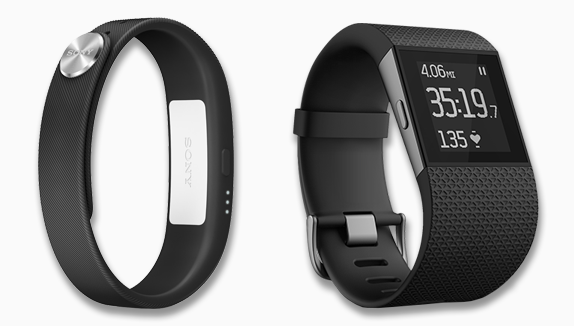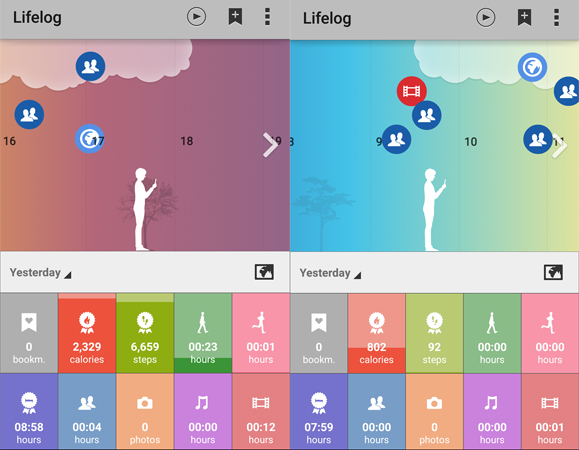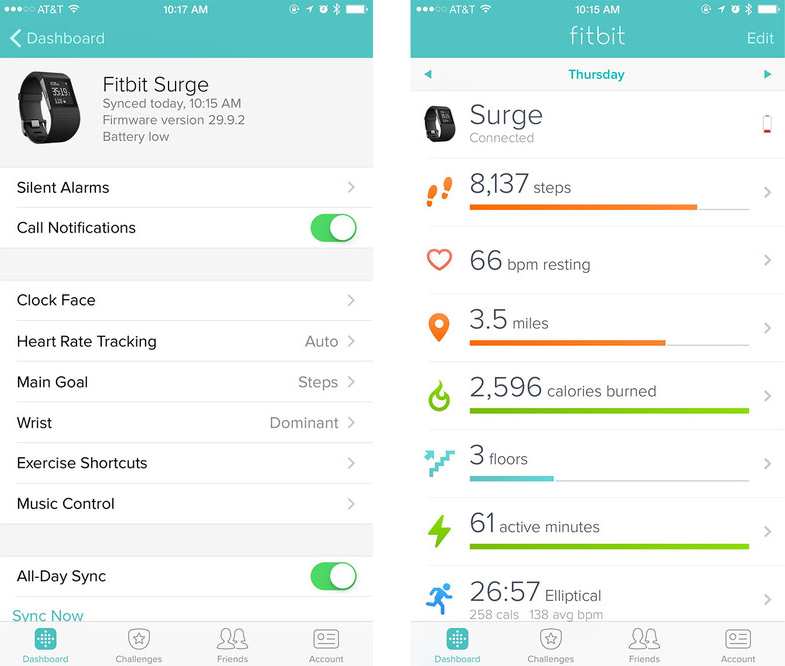Guest blog by Kevin
A few years ago, I was diagnosed with ulcerative colitis which forced me to change my eating habits and lifestyle quite dramatically. I started eating healthier and exercising more which had the delightful side effect of me losing quite a lot of weight. I went from around 18 stone to just under 15 stone. With this weight loss, I found a growing interest in being more active. I first took up yoga, which helped increase my flexibility and strength. I have also got back into walking and cycling. What has all this to do with a technology blog? Well, that is where wearable technology comes into it, with the plethora of smart technology available, in everything from smart phones through to smart watches.
I decided to dip my toe into the vast ocean of these products with the wonderful Sony smartband, the SWR10BK. This is definitely on the entry-level side of the spectrum as it has no screen and does everything by linking to your smartphone. Since I have a Sony smartphone currently, this is decidedly easy as it uses Sony’s Lifelog app to monitor everything the band has to tell you.
Installation was easy enough, even with the need for 3 apps to get things going. Lifelog and Sony’s Smartconnect app are already on Sony phone, thus I just needed to download the Smartband app. Once that was installed, connection to the phone was really easy as they both support NFC (Near Field Communication) technology so one tap and they were talking up a storm.
The band itself is quite easy to put on and comfortable to wear for long periods. It comes with two size straps in the box and is rated to IP58, which makes it dust protected 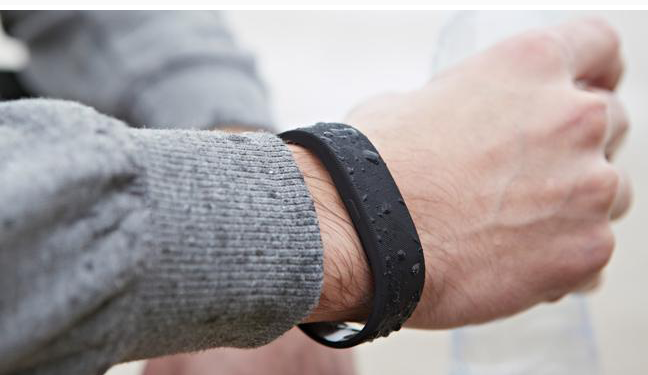 and water immersion beyond 1m; I still took it off for showering – just to be on the safe side. The Lifelog app with this band will track a number of things, including calorie burn, step count, walking distance, running time, cycle time and your sleep patterns. There are other lifestyle options it can track if you want to monitor things like how long you have played games, watched videos and listened to music.
and water immersion beyond 1m; I still took it off for showering – just to be on the safe side. The Lifelog app with this band will track a number of things, including calorie burn, step count, walking distance, running time, cycle time and your sleep patterns. There are other lifestyle options it can track if you want to monitor things like how long you have played games, watched videos and listened to music.
One of the best features of this band however is the Smart alarm feature. This will wake you in the morning based on your sleeping patterns so that you don’t get woken up from a deep sleep feeling all groggy. I found this made a large difference to how refreshed I felt during the day; I genuinely felt a lot more alert and ready to tackle the day with this feature.
The band has a decent battery life of four days between charges and only takes about 30 minutes to charge fully. I was thoroughly impressed with Sony’s entry level offering and it would make a great stocking filler for the coming season.
I was challenged by my boss, Steve, at the Ely branch to join him in a cycle ride for charity and he signed us up for the Ouse Washes Experience. We planned to cycle the Tiger route of 57km. This, I decided, was a great time to give a more powerful smartband a go to see how it fared in keeping up with us and keeping us motivated in the mighty challenge.
I did some research and decided on the Fitbit Surge. This is the flagship model from Fitbit, with a monochrome screen, GPS, 3-axis accelerometers, 3-axis gyroscope, digital compass, optical heart rate monitor, altimeter, ambient light sensor and a vibration motor. Whilst they still haven’t managed to get it to make the tea it can do just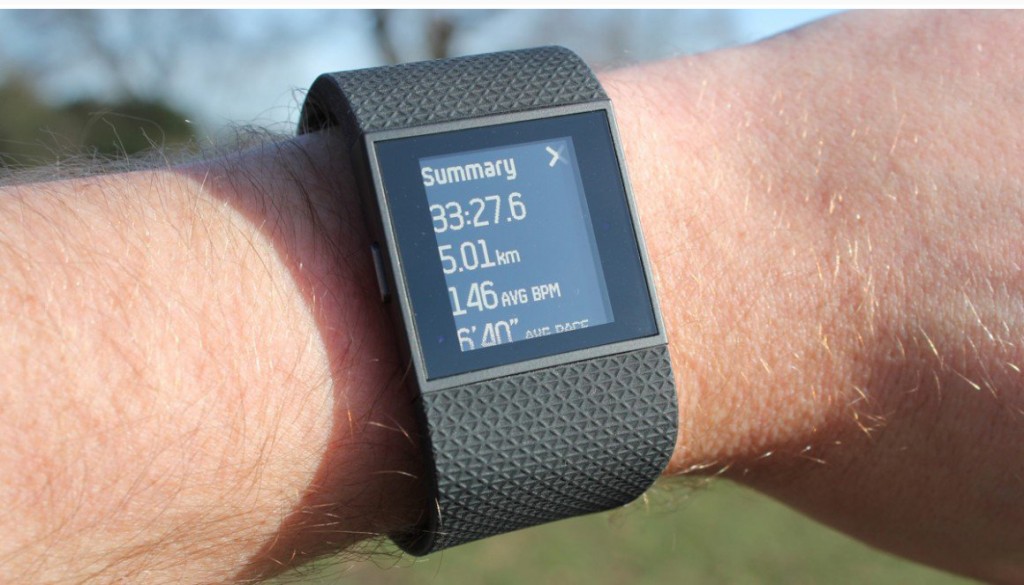 about most other things!
about most other things!
This smart watch is more than just a fitness tracker like the Sony, with multiple watchface options and a touch screen. You are able to see your daily step count, heart rate, distance walked, calories burned and floors climbed, by just swiping the screen. The solo button on the left is the main button to get to the exercise tracking options, alarms and settings. The two buttons on the right of the device are the start and stop buttons for the activities. You are able to set goals for a number of things, from a target weight to step count.
Installation was a simple process with a download to your pc and an app installation to your smartphone. Once done, there is a small dongle that comes in the box which you leave connected to your pc which will sync the two devices anytime they are in range. This makes keeping up with your daily efforts really simple. The Surge can also be synced through your smartphone if you prefer that option. Being a bigger unit than the Sony offering, it has a longer battery life, despite the more advanced features. This will run through to 7 days with normal use, though drops to 5 days with the use of the GPS. The app is compatible with Apple’s IOS, Google’s Android and Windows as well.
When you sync the Surge, it can open the dashboard which has all the stats listed nicely in different panes which you can edit to your preferences. You are able to log the food and water intake with the Surge which can help a lot if you are trying to lose weight. I didn’t use this feature extensively, though I can see its value.
Another thing that will assist you in losing weight is the heart rate monitor. This simple sounding device monitors your heart beat to help you see when you are at your 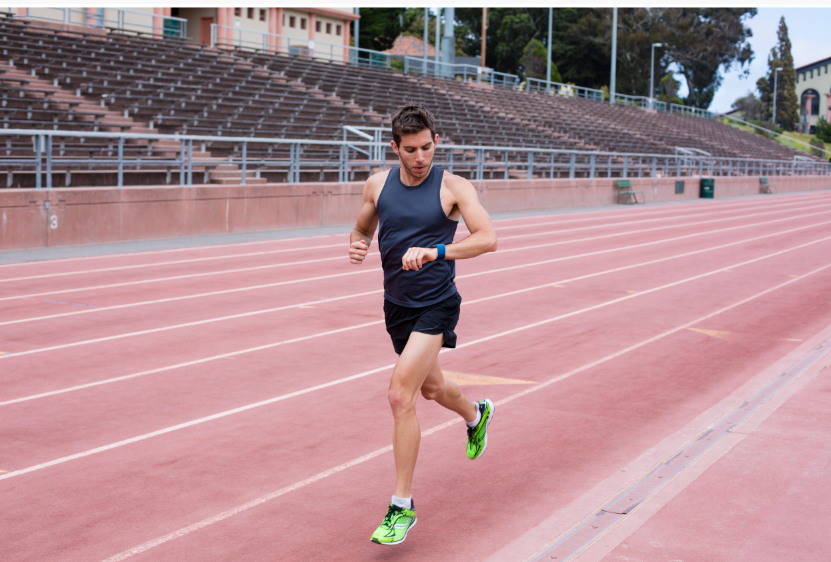 optimum heart beat for cardio, burning fat or the hallowed “peak zone”. With the ability to monitor which zone you are in, you are able to try to maintain that zone in order to maximise your work out.
optimum heart beat for cardio, burning fat or the hallowed “peak zone”. With the ability to monitor which zone you are in, you are able to try to maintain that zone in order to maximise your work out.
There are a dizzying array of exercises the band can track which include but are not limited to Yoga, cycling, bootcamp, walking, hiking, general workouts and golf. These can be adjusted quickly and easily through the dashboard.
With the Surge’s help, I am able to say that I successfully completed the Ouse Washes cycle challenge and will look to continue my journey to becoming a fitness guru… Ok, the last bit there might be a bit of a stretch but the Surge’s abilities are not. Whilst the Surge is in a tougher group than the Sony band with regards to the competition it is trying to beat, it does an admirable job and is a fine offering from Fitbit which I have no hesitation in recommending.
To view our full range of wearable technology click here.
